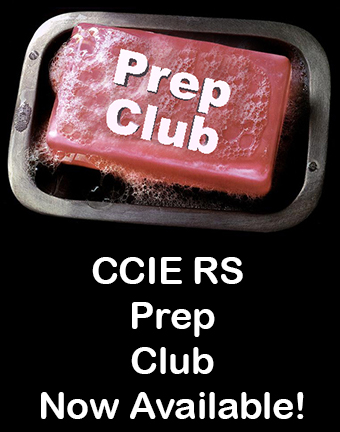
Are you one of the readers that are planning to sign up for CCIE R&S Personal Training here at AJSnetworking.com? Preregistration for this service is now available. This provides our trainer(s) with an opportunity to get to know you and your current status with CCIE R&S studies. Please only complete the form using the link below if you actually plan on signing up for the service.
Here is the link for pre-registration:

